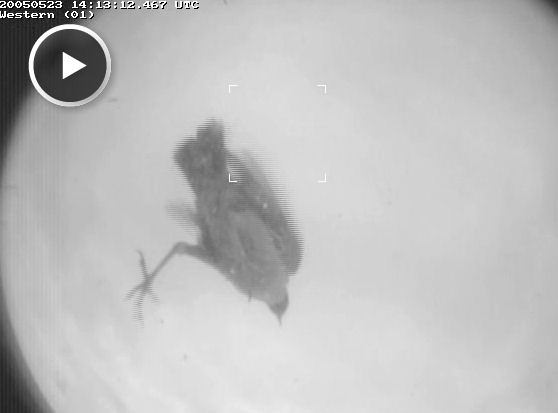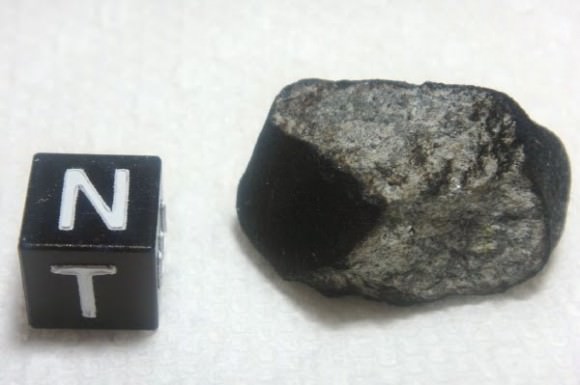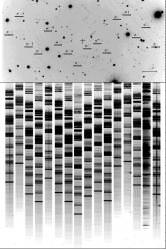How often have you seen a meteor streak across the sky and wondered where it came from and what it was? A new network of smart cameras that NASA is setting up will hopefully help answer those questions for as many fireballs as possible, at least in the US.
“If someone calls me and asks ‘What was that?’ I’ll be able to tell them,” said William Cooke, head of NASA’s Meteoroid Environment Office. With the new camera network, Cooke and his team hope to have a record of every big meteoroid that enters the atmosphere over the certain parts of the U.S. “Nothing will burn up in those skies without me knowing about it!” he added.
And the exciting part is that Cooke is looking to partner with schools, science centers, and planetaria willing to host his cameras.
It is estimated that every day about 100 tons of meteoroids — fragments of dust and gravel and sometimes even big rocks – enter the Earth’s atmosphere. But surprisingly, not much is known about the origin of all this stuff.
Groups of these smart cameras in the new meteor network will be able to automatically triangulate the fireballs’ paths, and special software will be able to compute their orbits.
In other U.S. meteor networks, someone has to manually look at all the cameras’ data and calculate the orbits – a painstaking process.
“With our network, our computers do it for us – and fast,” said Cooke.
[/caption]
The network’s first three cameras, each about the size of a gumball machine, are already up and running. Cooke’s team will soon have 15 cameras deployed east of the Mississippi River, with plans to expand nationwide.
How can you get involved? Here is the criteria for the locations Cooke is currently looking for:
1. Location east of the Mississippi River
2. Clear horizon (few trees)
3. Few bright lights (none close to camera)
4. Fast internet connection
The smart meteor network uses ASGARD (All Sky and Guided Automatic Realtime Detection) software, developed at the University of Western Ontario, which hosts the Southern Ontario Meteor Network, which took the video at the top of this article. The software processes the visual information and performs the triangulation needed to determine the orbits and origins of the fireballs.
The cameras can also provide information on where any potential meteorites may have landed, which is great for meteorite hunters and scientists. Getting a piece of a space rock is like a free sample return mission.

All cameras in the network send their fireball information to Cooke and to a public website. Teachers can contact Cooke at [email protected] to request teacher workshop slides containing suggestions for classroom use of the data. Students can learn to plot fireball orbits and speeds, where the objects hit the ground, how high in the atmosphere the fireballs burn up, etc.
But anyone can try meteor watching on their own, without being part of the network.
“Go out on a clear night, lie flat on your back, and look straight up,” Cooke said. “It will take 30 to 40 minutes for your eyes to become light adapted, so be patient. By looking straight up, you may catch meteor streaks with your peripheral vision too. You don’t need any special equipment — just your eyes.”
Then – if you are lucky to see some bright fireballs — you can check the fireball website to find out more information about what you saw.
Source: Science@NASA




